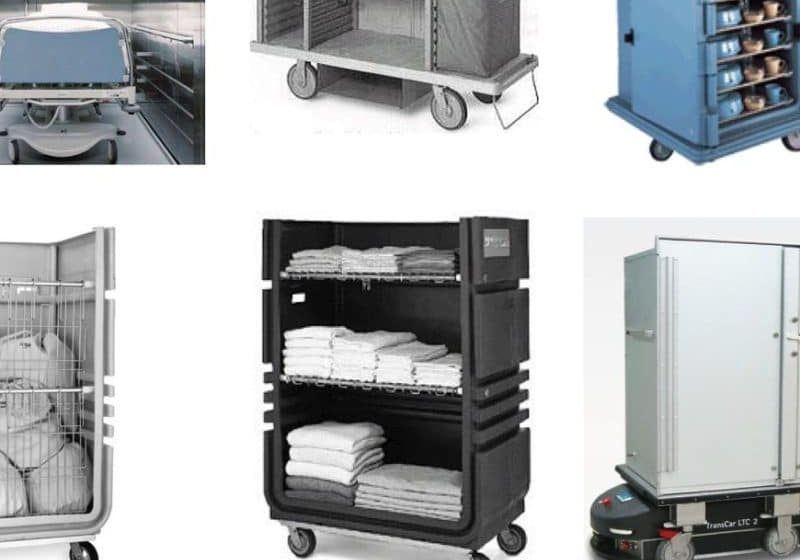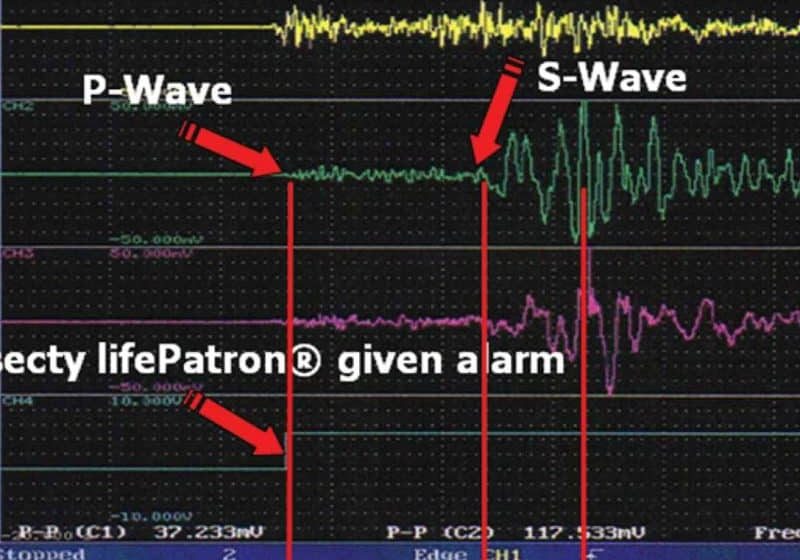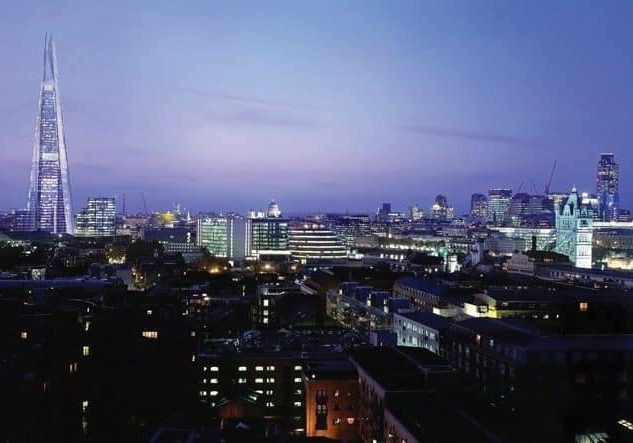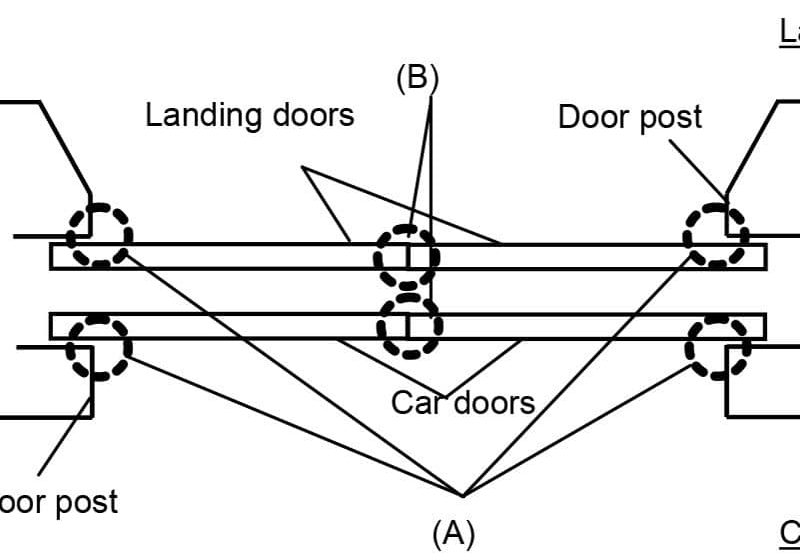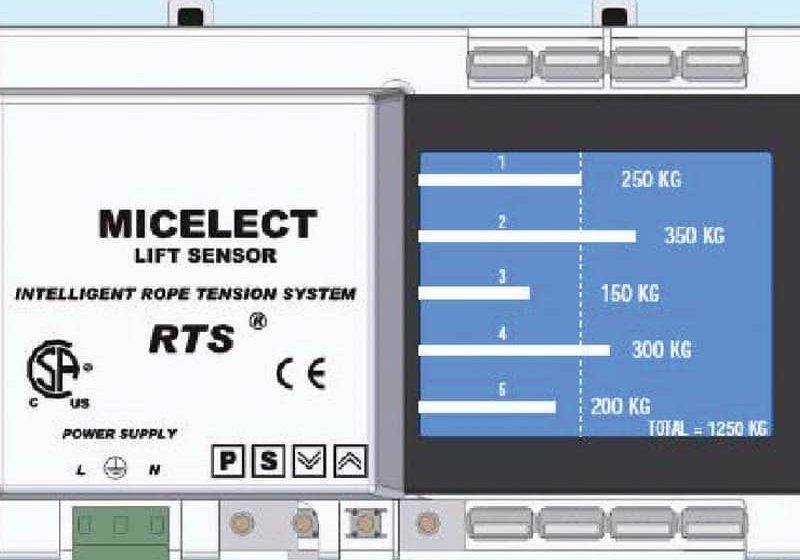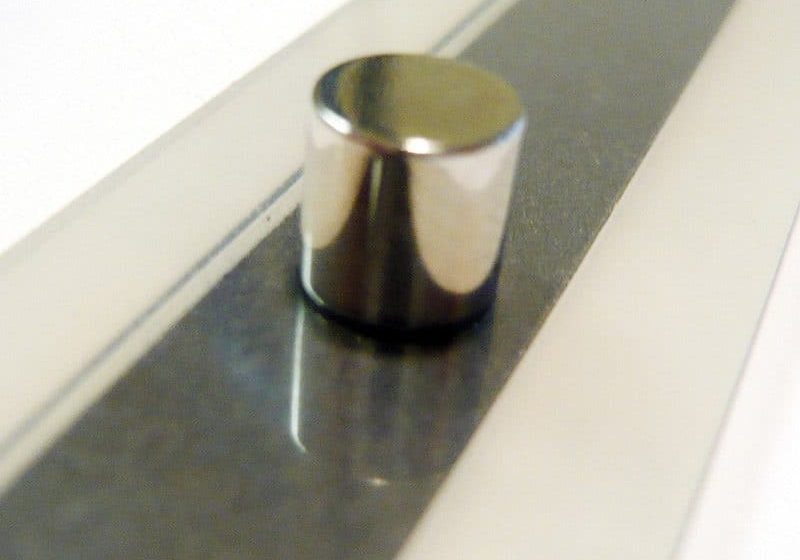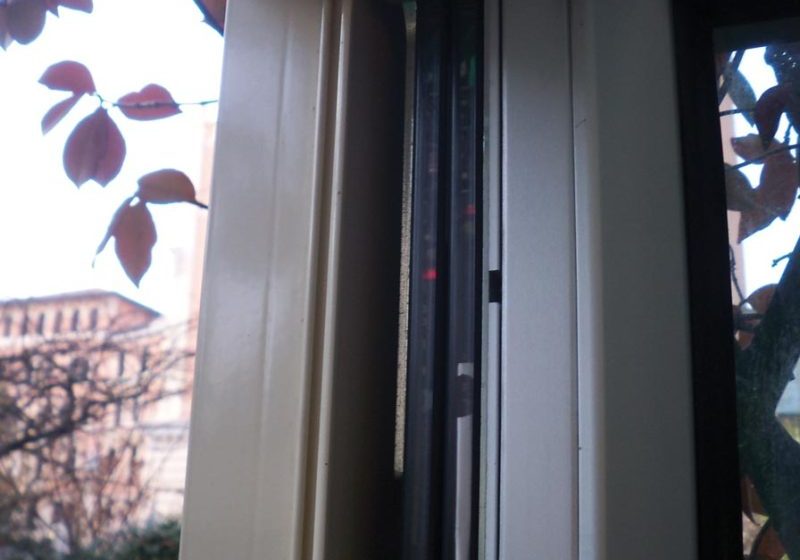In a year dominated by news coverage of the Burj Khalifa, the world’s new tallest building, 2010 has seen the completion of more skyscrapers than any previous year. Including the Burj Khalifa, eight supertall buildings were among the tallest 20, four of which are over 400 meters in height. A look at the diagram of the current 20 tallest buildings in this month’s Last Glance indicates that the U.A.E. and China had an incredible run last year, together accounting for 14 of the 20 projects. The U.S. barely made the list with the Legacy in Chicago coming in at 19. A total of 66 buildings exceeding 200 meters in height were completed in 2010, and by the end of this year, the top-20 list will change again.
In recent years, our industry has developed and implemented innovations that make many of these projects possible. These allow buildings to be designed and built with more efficient utilization of occupied spaces, which makes such projects more viable. The continuing development of innovations in conjunction with progressive codes and standards that allow such innovations to be implemented can give rise to a way out of the economic doldrums that we are currently experiencing. This has been the case throughout much of the world, and the implementation of the ASME A17.1-2007/CSA B44-07 code, along with its reference to the ASME A17.7-2007/CSA B44.7-07 performance-based code (PBC), should foster skyscraper development throughout North America, as well.
In North American jurisdictions where the latest editions of the A17/B44 codes have been adopted, the use of the PBC will allow a structured process for the implementation and approval of new technology. And, in those areas where the legislative process precludes the immediate adoption of the new A17/B44 code, the National Elevator Industry, Inc. (NEII)-developed and NAESA International-endorsed “Interim Process for the Introduction of Alternative Technology” should be used by elevator companies to implement and obtain building-department approval and acceptance inspections of new technology. This interim process has been previously described in ELEVATOR WORLD and is posted on the NEII website as follows:
“Application
Where an application under Section 1.2 of ASME A17.1 is based on “technical documentation” the applicant shall supply the AHJ with the following:
- Equipment or system description, including drawings or diagrams detailing the components for which the application is being made.
- Documentation detailing the prescriptive requirements in the ASME A17.1 Code that the alternative technology does not meet.
- Information to demonstrate that the alternative technology meets the requirements of Section 1.2 of the ASME A17.1 Safety Code for Elevators and Escalators, is safe for the intended use and details how the alternative technology will provide equivalent safety to that which would be provided by conformance to the corresponding prescriptive requirements in ASME A17.1. The documentation shall include the risk assessment and risk reduction methodology used (e.g. Hazard Analysis, ISO/TC 14798, FMEA, fault tree analysis, etc.) describing hazards that have been addressed and any supporting test data.
- Documentation detailing operational and maintenance instructions for inclusion in the Maintenance Control Program (e.g. ASME A17.1, requirement 8.6.1.2.1).
- Documentation detailing procedures for inspecting and testing to verify compliance with the above provisions.
- Certification documentation from independent third party, if available.
- The name of jurisdictions that have accepted the alternative technology, including conditions of acceptance.
- A signed application that includes a statement “that in the opinion of the applicant the alternative technology meets the requirements of Section 1.2 of the Safety Code for Elevators and Escalators, ASME A17.1 and is safe for the intended use”. Where required by the AHJ, the application shall be signed and sealed by a professional engineer.”
It is imperative that the North American elevator industry moves forward in the aforementioned manner during the upcoming decade. This will encourage innovation and inspire the development of the type of buildings that have been built here in the past and are being developed throughout the rest of the world. It will also ensure that North American nations do not fall too much further behind the standard for which they had been known — their ability to innovate and “Reach for the sky!”
Get more of Elevator World. Sign up for our free e-newsletter.


